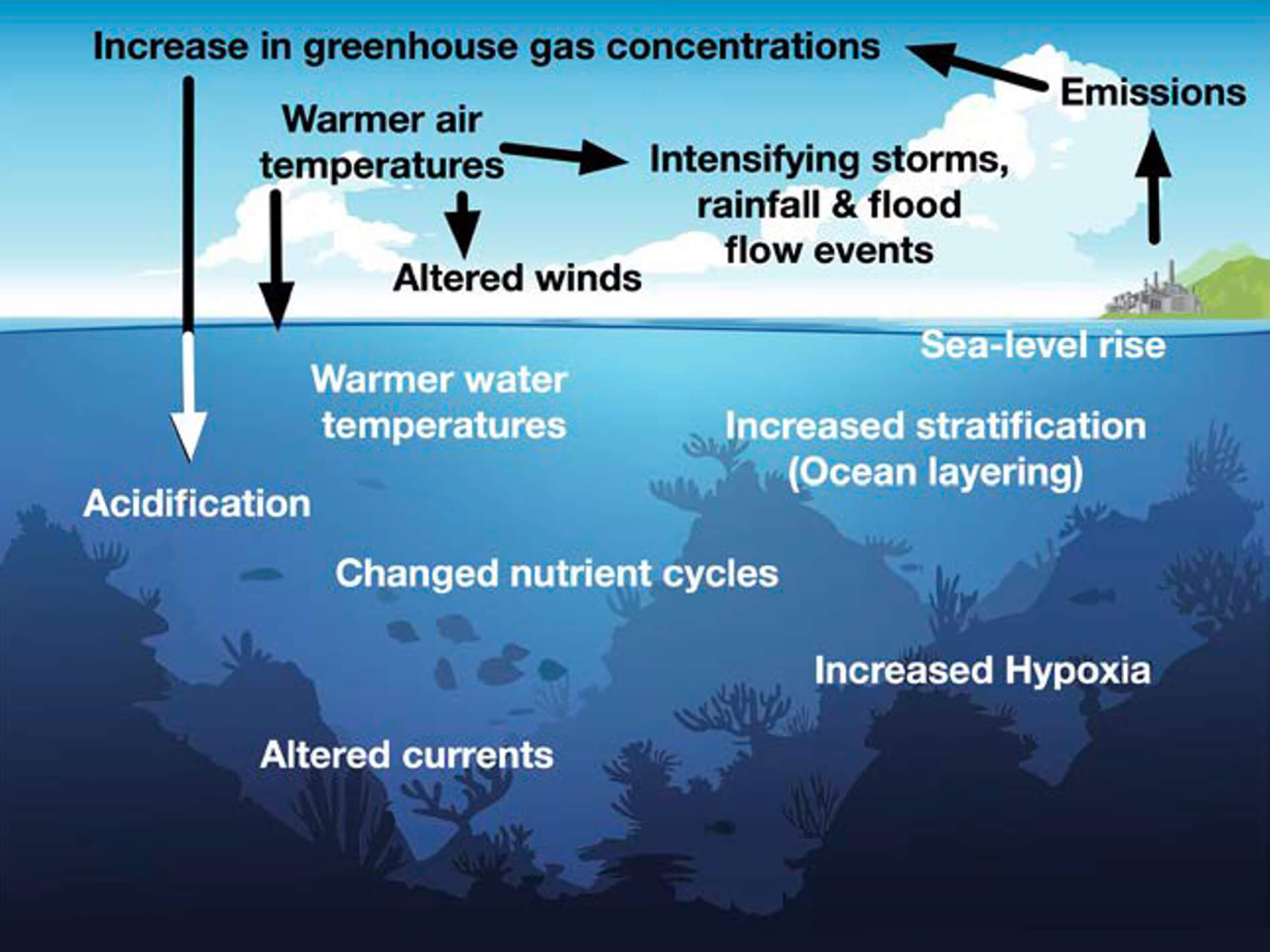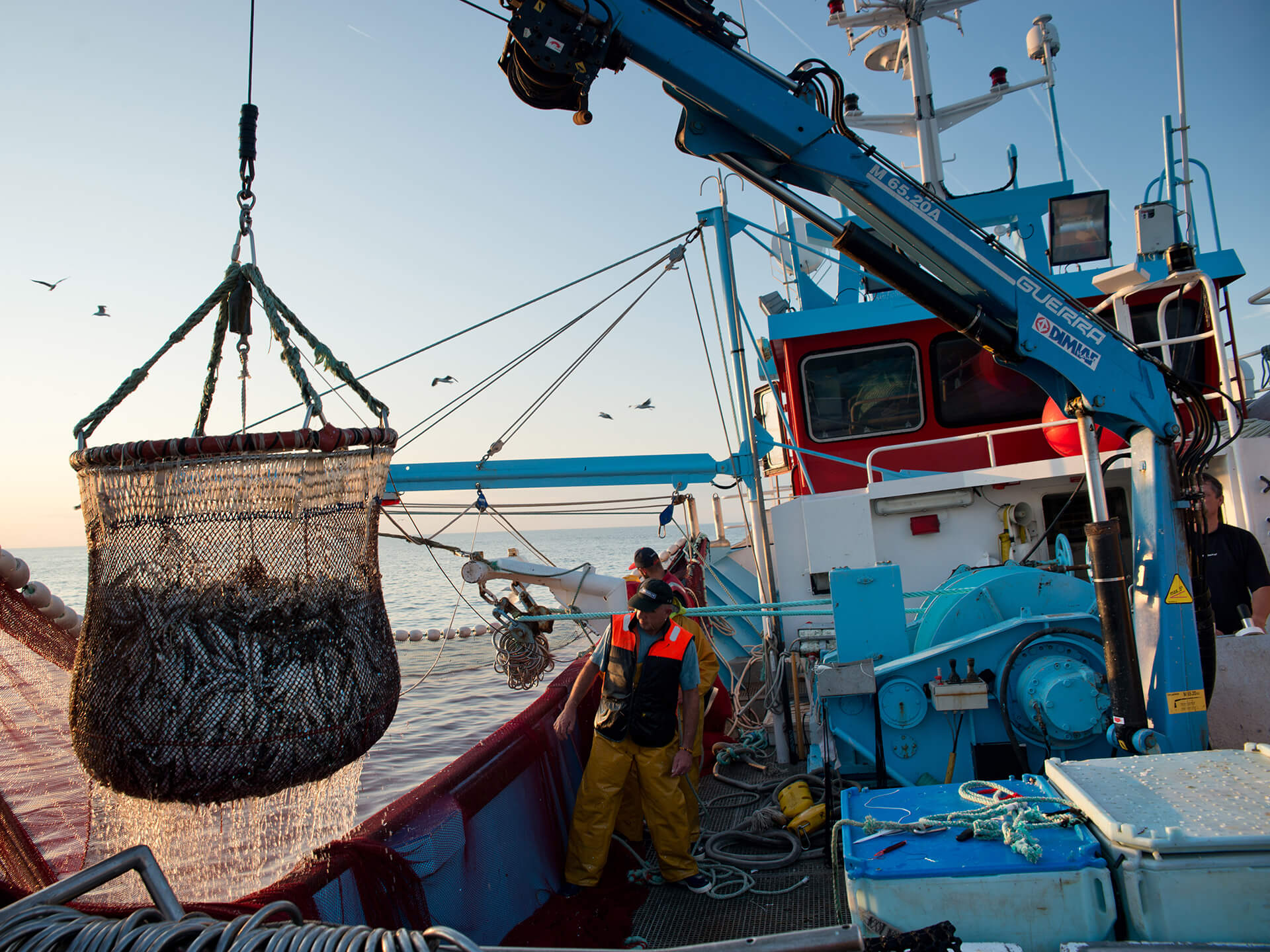State based Climate Report Cards
Sea Change Australia has produced state-based climate report cards in collaboration with CSIRO that are specifically tailored to the interests of fisheries and aquaculture. Explore observed sea surface temperature, forecasted conditions, or projected change in your area.
There is a climate report card available for each state of Australia that you can explore online or download for your records.
What is climate change?


What impacts are expected for the seafood sector?
Ecosystem productivity can be impacted through changing nutrient cycles and increasing temperatures. Shallow coastal and estuarine ecosystems are particularly vulnerable to climate change.
The impact of climate change to the seafood sector will vary by the degree of exposure to physical change and species vulnerability.
How to use the state based Climate Report Cards
There is a Climate Report Card available for each state of Australia. Select a state and time period to view information on a range of observations and forecasts for that time period.
The Climate Report Cards have been divided into two main sections.
Section 1
Observed Sea Surface Temperature Anomolies and Forecast Conditions
Shows information on Sea Surface Temperature (SST) changes over the past year and forecasts for the next three months in your area
Section 2
Projected Change: Ocean Warming and Projected Change: Ecosystem Productivity
Shows information about potential future ocean conditions due to climate change. These projections are based on a ‘business as usual’ scenario and show two global warming levels: 1.5°C (expected around 2015-2034) and 2°C (expected around 2030-2049). The Paris Agreement aims to limit global warming to well below 2°C above pre-industrial levels.
Key messages
Look for this symbol for key messages.
Choose a region
Don’t forget to report your climate observations
Log potential climate change related observations in your area.
Still have questions?
If you still have questions about climate change in your area, ask our expert network.